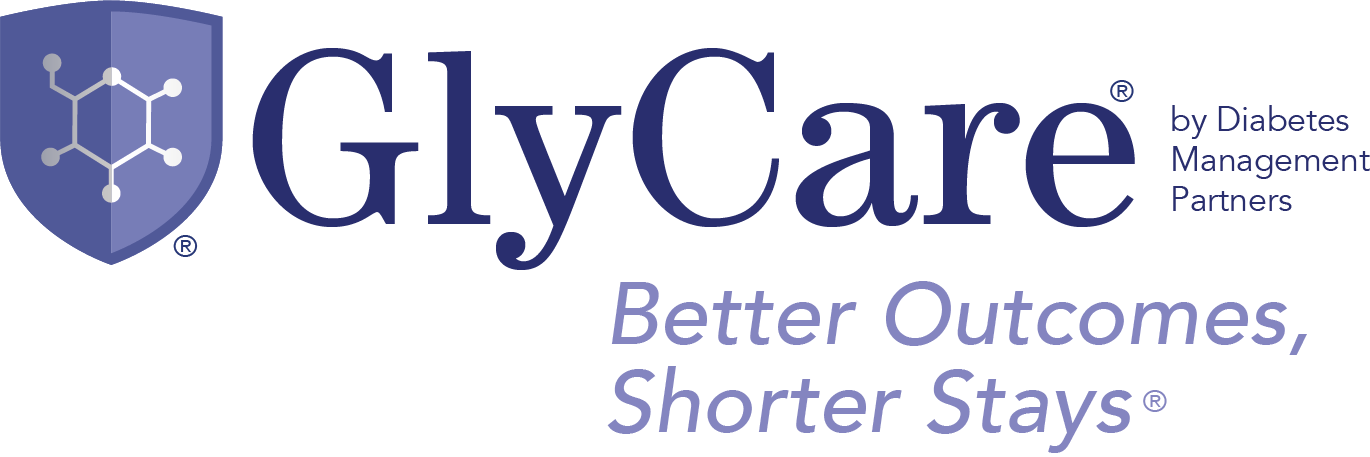Telehealth for Chronic Disease Management
Telehealth services have become more widely accepted and utilized since the beginning of the COVID-19 pandemic. Laws and payor reimbursements have been modified to accommodate the nation’s need for telehealth services. The Community Preventative Services Task Force (CPSTF) recommends telehealth interventions for chronic disease management. Telehealth interventions have been found to improve several aspects of chronic disease management, including medication adherence, clinical outcomes, and dietary outcomes.
340 Organizations Send Letter to Congress Urging Action on Telehealth
On June 29, 2020, 340 organizations signed a letter urging Congressional leaders to make telehealth flexibilities created during the COVID-19 pandemic permanent. Those signing this multi-stakeholder letter include national and regional organizations representing a full range of health care stakeholders and all 50 states, the District of Columbia, and Puerto Rico.
The Impact of Telehealth on Diabetes Care
Worldwide, diabetes affects over 463 million adults, with 79% living in low- to middle-income countries. In the U.S. alone, over 34 million people of all ages are afflicted, and the prevalence is 17% higher in rural areas than in urban areas. Telehealth could be the answer to reaching many of these patients who otherwise do not receive proper care in the management of their diabetes.
How GlyCare Can Benefit Rural Hospitals
People who live in rural areas are more likely than urban residents to have higher rates of unhealthy behaviors and less access to healthy foods and health care. Rural populations also have higher rates of diabetes which we all know leads to higher rates and greater severity of heart disease and stroke among other complications. GlyCare can help reduce the shortage of medical specialties in rural areas with specialized diabetes care via virtual health.




